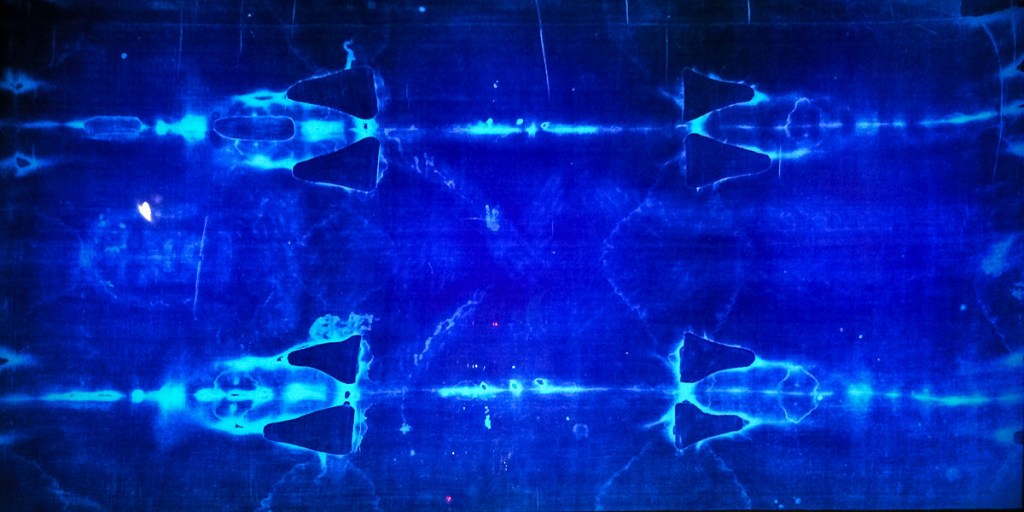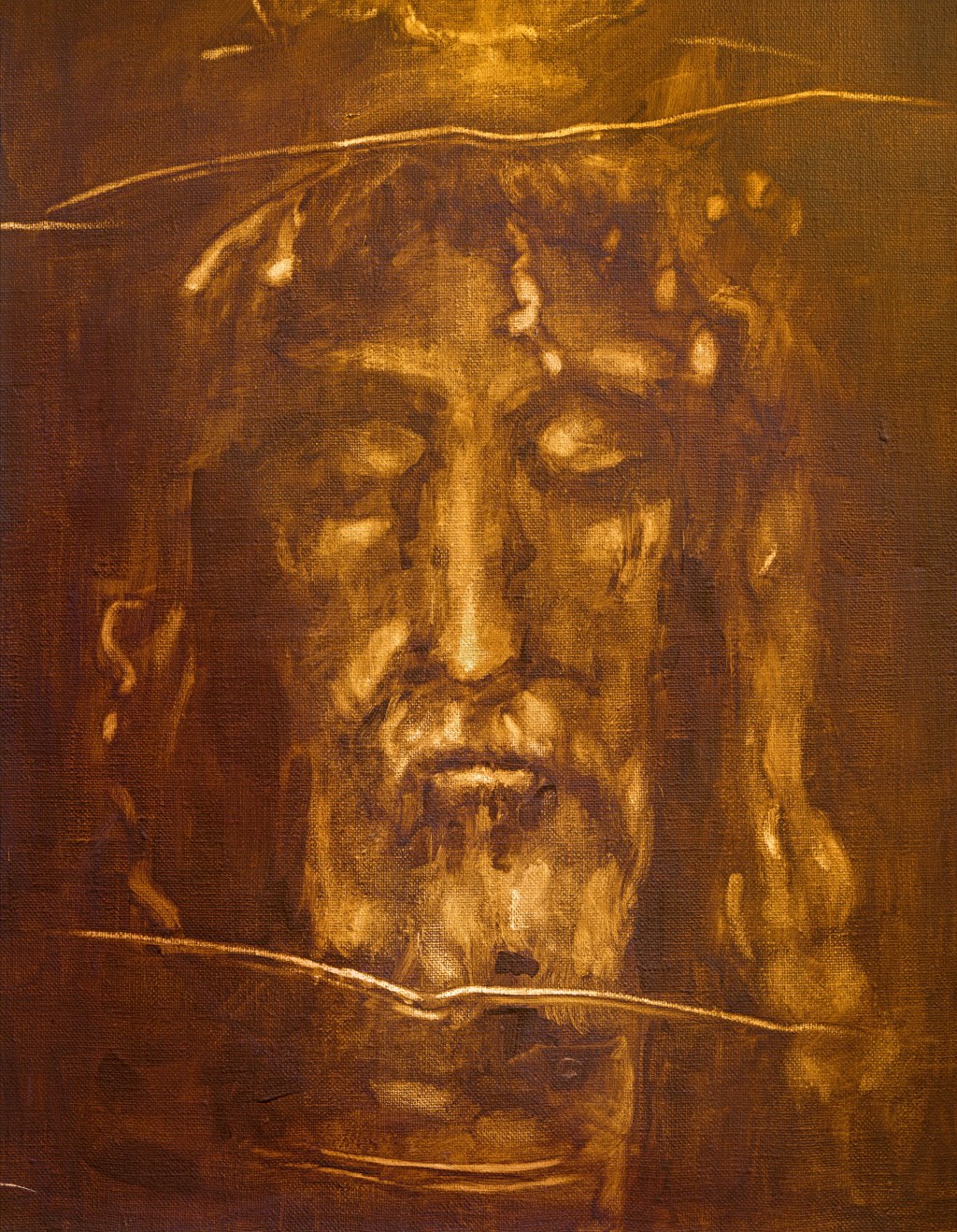'Archaeologist William Meacham calls for more research due to “the massive weight of evidence against the Shroud being a mere relic faked by a medieval artisan."'
By J-P Mauro
Archaeologist William Meacham calls for more research due to “the massive weight of evidence against the Shroud being a mere relic faked by a medieval artisan."Several threads from the Shroud of Turin have undergone new testing that suggests its origins lie in the Levant, a region of the Middle East that encompasses Israel, Lebanon, western parts of Jordan, and Syria. The tests, conducted by American archeologist William Meacham, contradict previous studies that were said to disqualify its authenticity, once again giving rise to theories that the Shroud may be the genuine article.
Previous analysis
The Shroud of Turin is a length of cloth bearing the front and back image of a crucified man, which some consider to be the burial shroud of Jesus Christ. Historical references to the Shroud date back to the 14th century, and it has been housed in Turin since the 16th century. It has always been a point of controversy in the Church, with some believing it to be authentic and others deeming it a fake or forgery.
In 1988, a piece of the cloth was taken for carbon-14 (C14) dating with the goal of laying these arguments to rest by pinning down the year it was made. The tiny, stamp-sized swatch was taken and divided to send to three prominent laboratories for testing, but all three results dated the cloth between 1260-1390.
For some, this was the end of the discussion, but others cast skepticism on the dating, still questioning why there was pollen of Middle Eastern origin found on it, how the image of the man was imprinted on the shroud, and how the wounds on the image lined up so well with what we know of the Roman methods of torture and execution.
Recent study
William Meacham belongs to the latter camp, explaining in his report that considering the shroud to be authentic “remains the best explanation for the Shroud,” although he concedes that the C14 dating issue must be resolved. While the isotopes can pin down the age of the cloth, they cannot direct researchers to its origins, and that’s where Meacham started his study.
In 2022, Meacham read the 1988 report and realized that technological advancements have made it so just a few fibers would be all that he needed to run tests on the textile. His plan was to test the flax used to make the shroud and place it against samples of flax taken from Europe and the Levant as a comparison.

Shutterstock-Sham-ann
As a member of the Board of Directors of STERA (The Shroud of Turin Education and Research Association), Meacham was able to secure five threads to test. He then gathered samples of linen and flax from areas around Europe and the Middle East, as well as historical samples from various periods of Egypt, Roman Israel, and 20th-century Europe, provided by museums and private collectors. His testing was conducted at the Stable Isotopes Laboratory of the University of Hong Kong.
The results of the tests showed the expected regional groupings for the samples gathered from Egypt, Europe, and Israel, but the two Shroud samples (which exhibited virtually identical results) fell within the Israel grouping. While the report noted that more testing on individual threads must be undertaken to confirm the results – for which he has already submitted a proposal to Archbishop Roberto Repole of Turin – Meacham’s study found that “the Shroud linen probably had a Middle Eastern origin.”
Other factors
Meacham suggests that his findings reinforce other features that also point toward the Levant region. For one thing, the pollen taken from the Shroud is a collection of certain species that suggests an Eastern Mediterranean presence. Furthermore, the wounds around the head of the figure suggest a more helmet-shaped crown of thorns. Meacham writes, “the crown of thorns in helmet style rather than Roman circlet is a feature characteristic of Asia Minor and the Levant.”
 |
| Renata Sedmakova | Shutterstock |
“Another is the claim of coins on the eyes in the Shroud image that matched a documented instance from a 2nd-century AD burial in Judea. This was an impressive confirmation of an hypothesis generated by computer 3D analysis in 1977, at a time when there was no known instance (outside of Israel) of such a practice in antiquity. Since then other examples of coins (often a pair) inside a skull or in a Jewish burial context have been unearthed, including in the family gravesite of Caiaphas himself!”
Meacham concluded the paper by calling for more tests to be conducted on the Shroud in light of “the massive weight of evidence against the Shroud being a mere relic faked by a medieval artisan in Europe.” While the research did not lead to any definitive conclusions, it has taken us farther down the road to understanding the curious case of the Shroud of Turin, with further research hinging on the decision of Archbishop Repole.

No comments:
Post a Comment
Comments are subject to deletion if they are not germane. I have no problem with a bit of colourful language, but blasphemy or depraved profanity will not be allowed. Attacks on the Catholic Faith will not be tolerated. Comments will be deleted that are republican (Yanks! Note the lower case 'r'!), attacks on the legitimacy of Pope Francis as the Vicar of Christ (I know he's a material heretic and a Protector of Perverts, and I definitely want him gone yesterday! However, he is Pope, and I pray for him every day.), the legitimacy of the House of Windsor or of the claims of the Elder Line of the House of France, or attacks on the legitimacy of any of the currently ruling Houses of Europe.